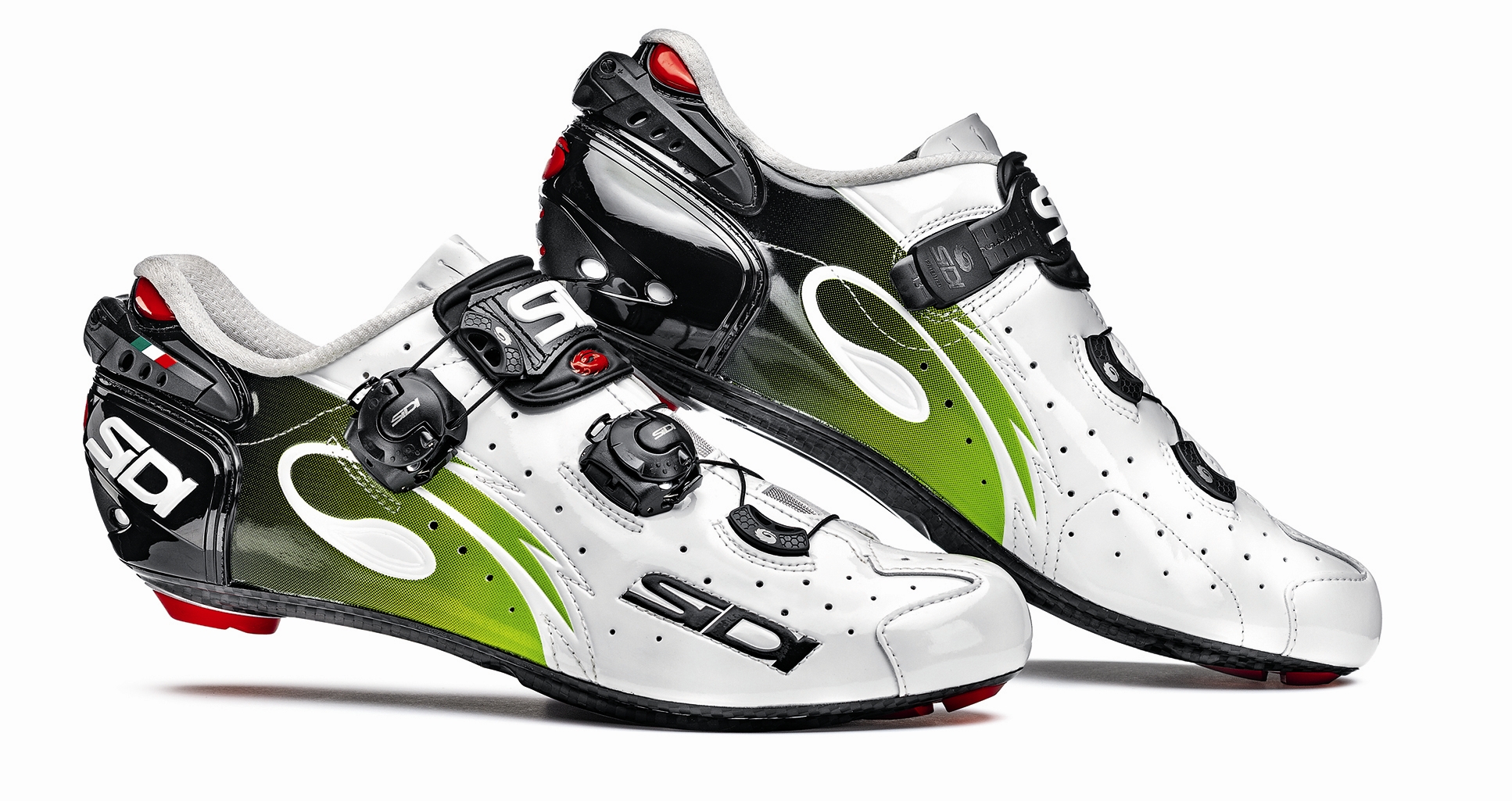
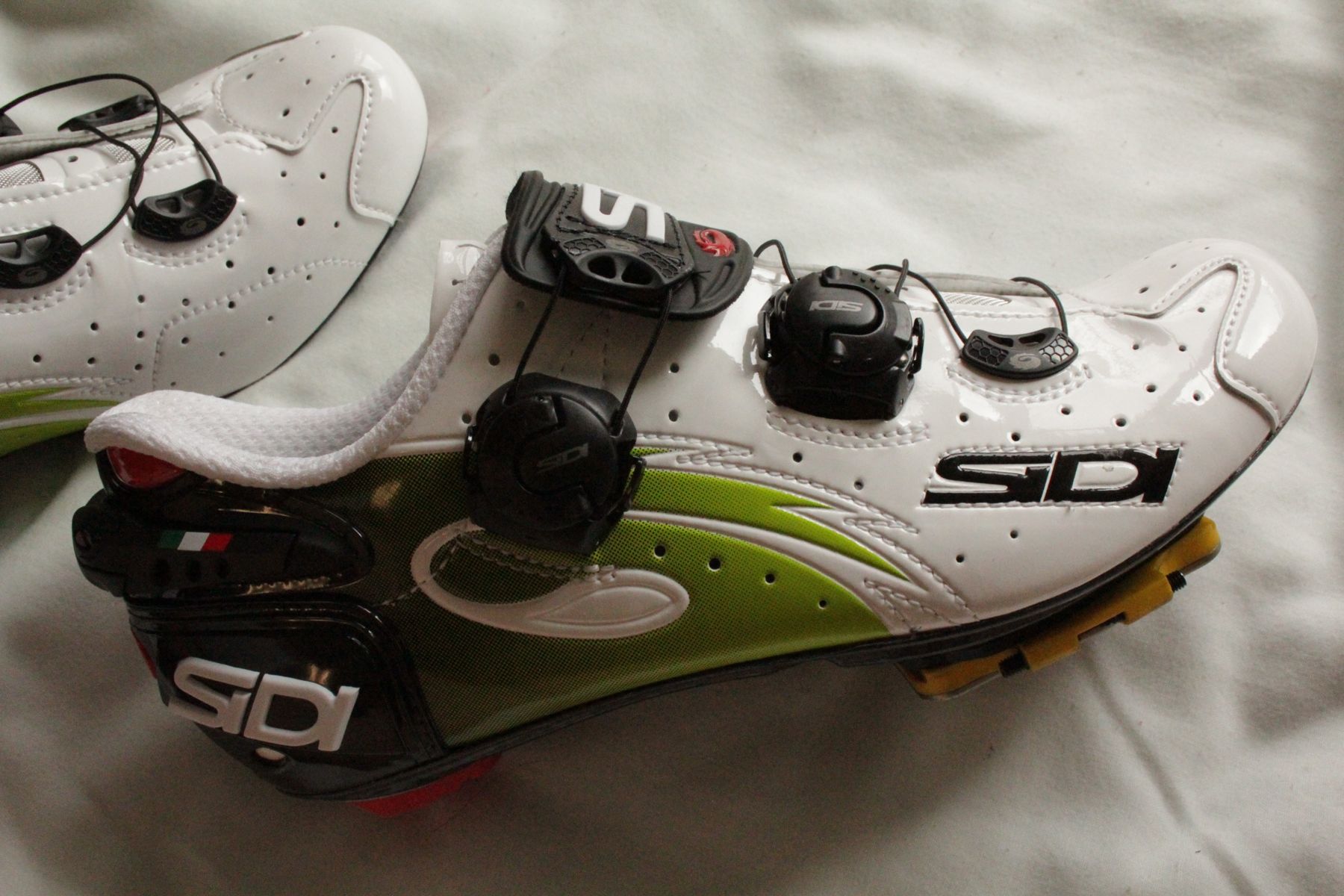
Last year, Sidi introduced the Wire as their flagship road shoe, replacing the Ergo3. Sighted in prototype form on the feet of riders such as Peter Sagan, the Wire is probably the most dramatic revision to the Sidi top-end in a decade, replacing the three fasteners of the Ergo series with just two twist ratchet/tension cord units that Sidi calls Tecno 3 system. The shoe is also offered with a choice of two carbon soles. The Vent sole is an all-new carbon design with vents underneath at the toe and mid-foot while the SP has a Speedplay-specific mount without vents. Since I ride Speedplay Zero pedals, I considered getting the SP, but in the end I chose the Vent because it was available in my size in the Cannondale Team colours.
Sidi always brings solid construction to their product, even if it seems to be laden with a lot of gimmicky devices. I have a 13 yr old pair of Sidi Energy shoes, then the flagship model from the same company. The Energy has a telescoping rod in the arch of the shoe that was designed to allow the rider to “fine tune the stiffness of the sole.” That shoe has held up quite well over time, but that rod in the shoe arch has never produced any noticeable effect. On the other hand, the Wire Vent’s array of features are all genuinely contributing something to the rider.
First off are the Tecno3 buckles that the Wire debuts. These are a further refinement of the cable & twist ratcher buckle that appeared on Sidi production shoes back in the 1990s with the Sidi Tecno. This time the twist mechanism is smaller and lighter than ever. The tension cord is much more supply than previous versions and despite the “Wire” name do not appear to be metal. By using just two Tecno3 buckles per shoe, the Wire eliminates the ratcheting instep buckle that has been a feature of the top-end Sidis since 1989. Instead the Wire winches down the instep pad with one Tecno3. The forefoot area, previously occupied by a Tecno2 buckle and a Velcro strap, is now managed by a single Tecno3. The thin tension cord leaves the tongue largely uncovered, and the shoe designers took advantage of this by incorporating vents into the padding of the tongue.
Compared to the older Sidi Ergo, the Wire upper feels more supple. With the Ergo, I generally adjusted the shoe before I mounted the bike and then adjusted once more after a couple hours. I find that I have to adjust the Wire a lot more often because I don’t instinctively know how the shoe will feel later in the ride. The shoe is distinctly better vented than my previous Sidi shoes; in fact the venting in the tongue felt a little weird at first since I’ve never had a shoe that cooled that area well. In time the fit of the shoe has become more familiar, but I will always be disappointed in the ergonomics of the Tecno3 ratchet. The buckle has a grab lever that flips up to allow you to turn the piece, but the tab to flip the grab is small enough to befuddle cold or gloved fingers. Usually I have to visually confirm the position of the buckle before I reach for it, because I cannot figure it out by touch alone. And staring at my shoes is not what I want to do in a pack of riders at full gallop.
A more subtle Sidi innovation is the Heel Security System (HSS), first debuted in the Sidi Ergo. Fitted to the back of the shoe right above the moulded heel cup, the HSS snugs the shoe around the knob of the heel without putting pressure on the Achilles. Newer versions of the HSS like on the Wire are adjustable (not while riding). Personally, I really appreciate how much this bit enhances the fit of the shoe, but I could hypothesize that someone with a different foot might not find this particularly advantageous.
The full-carbon Vent sole is more than adequately stiff, and again the vents are actually functional. However, the close-able toe vent interfered with mounting the Speedplay cleat, so I removed the portion of the vent that slides to close the opening. The cleat itself blocks a bit of the vent but not all. This is probably would not be an issue if my shoe were bigger than the hobbit-like size 39. Of course, I could have gotten the SP sole, but that wasn’t available in my size for the Team Cannondale edition. Also, the SP sole is a bit thinner than the Vent for total cleat/shoe stack, which would mean I would have to adjust my saddle height depending on which shoe I was going to use. Since half my road bikes have integrated seatposts, adjusting saddle heights is far from my favourite pre-ride ritual.
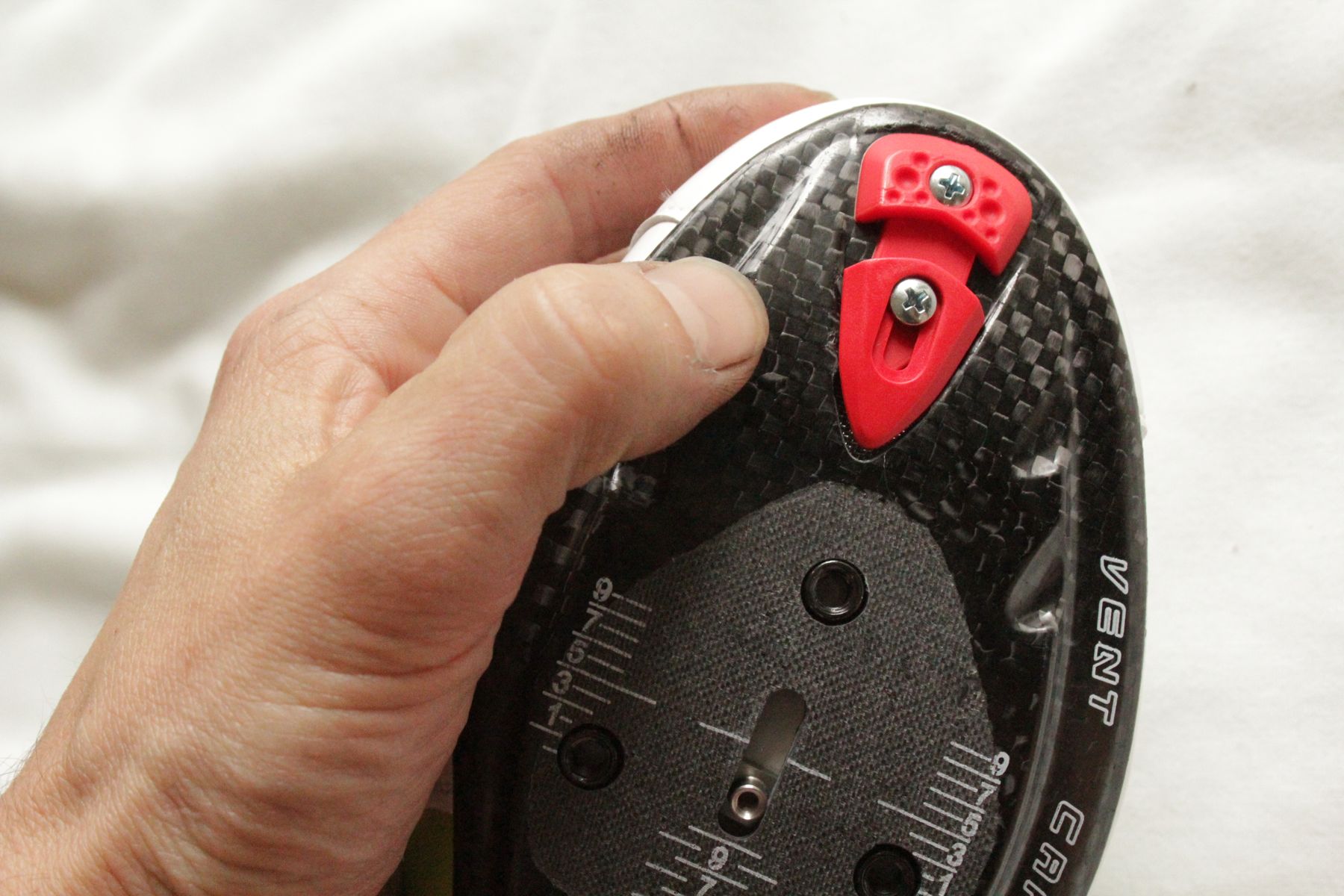

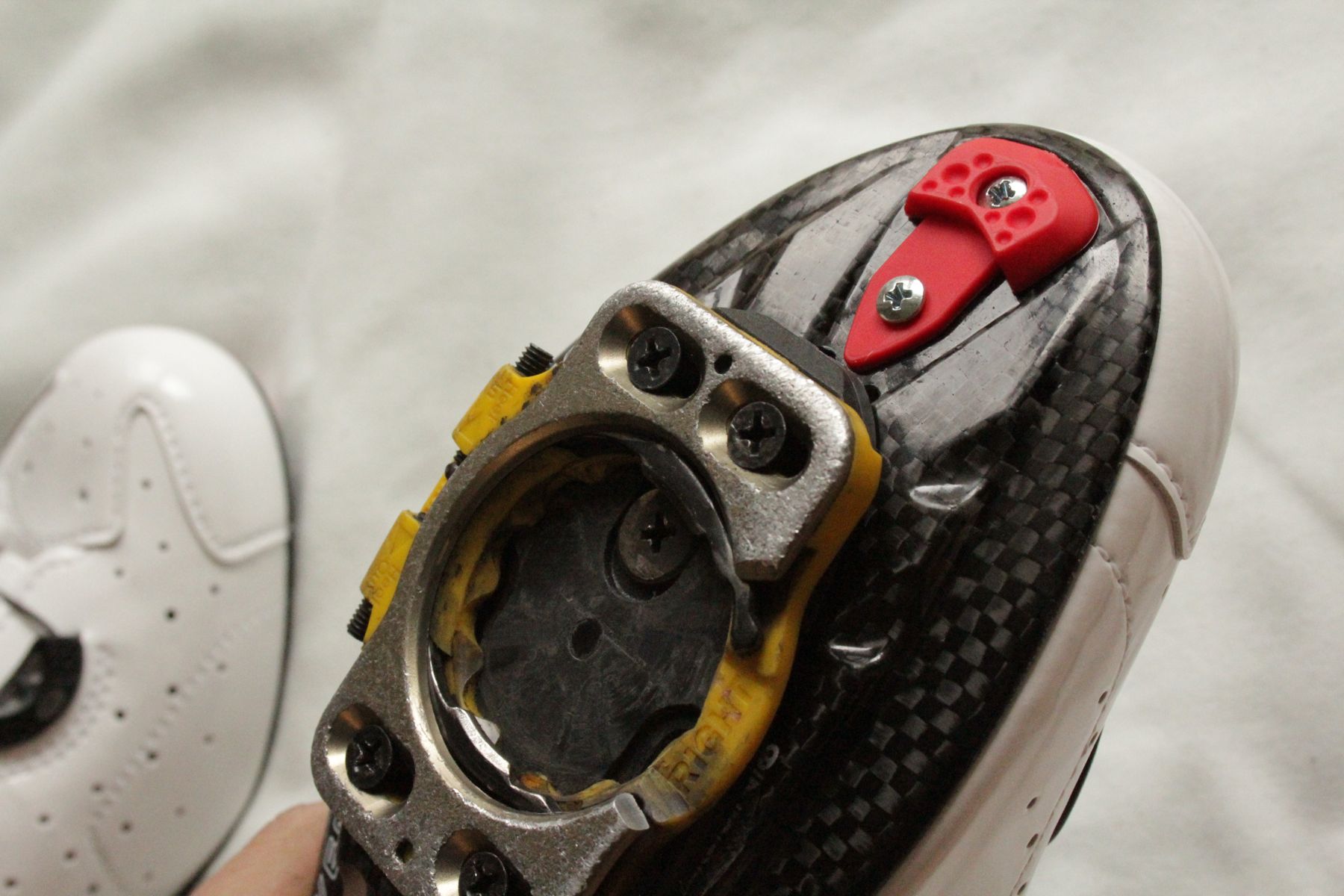
Compared to my old Energy shoe, the Wire Cannondale Team Edition is lighter (261gr/shoe vs Energy’s 282gr/shoe, size 39), but not nearly enough to put the Wire into the ultralight category. At $550 for the limited edition ($500 for the regular edition), the Wire is no bargain either. There are plenty of other shoes out there that can simply connect your foot to a pedal. If you’ve never liked the fit of Sidis, don’t even look here. If you calculate a shoe as an equation of dollars versus grams, your solution won’t be Wire. If you are buying a Sidi, particularly a flagship model, you are going for fit, quality/durability, and style. And if you buy the Cannondale Team version, make sure you like the colour green, because you’re gonna have that shoe for a very long time.
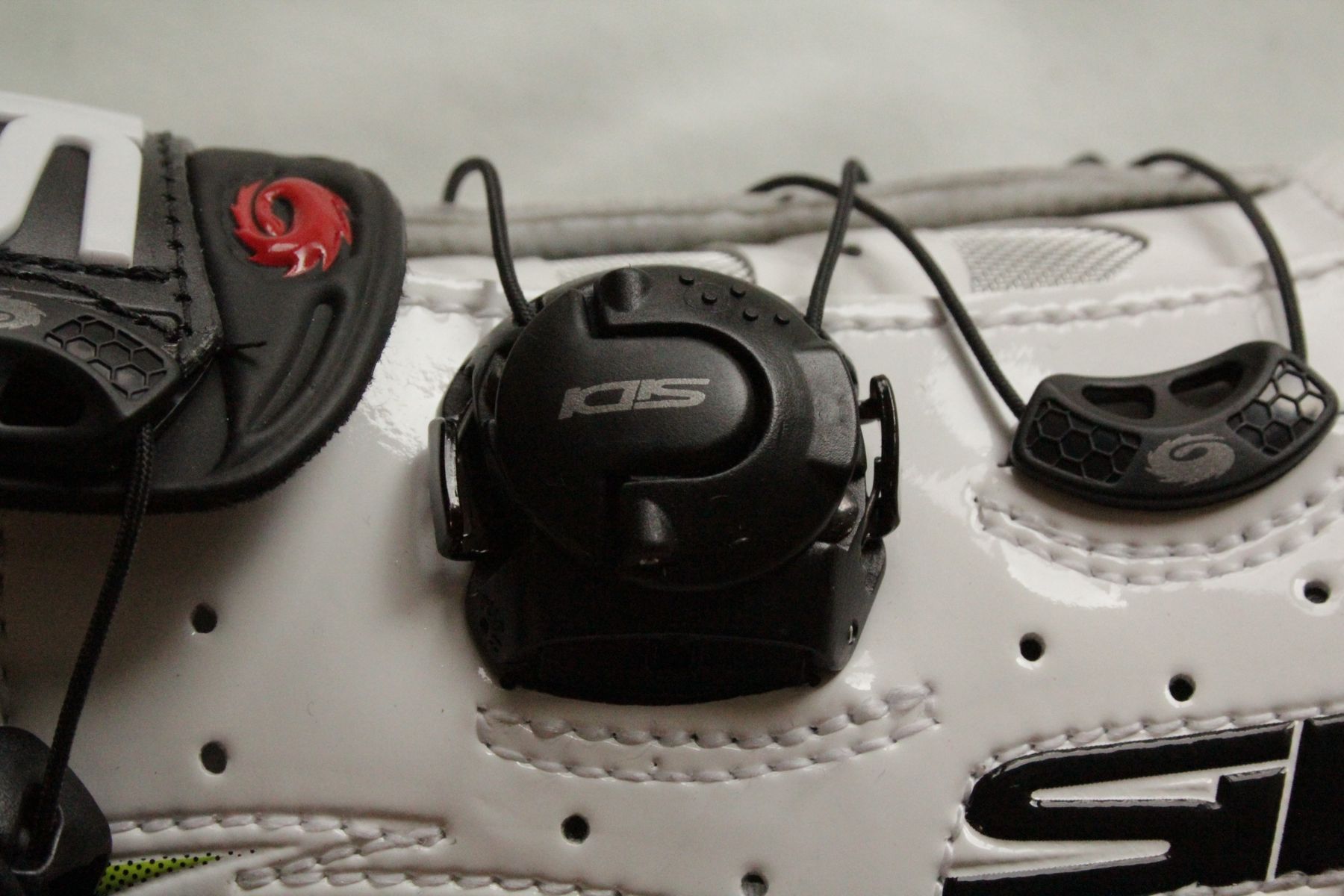
Some people can wear just about any shoe, cycling-specific or otherwise. They can use price, style, colour, or even weight as the top of considerations when shopping for a new shoe. And then there are other people for whom fit is the dominant factor in a shoe buying decision. And while no single model of shoe can fit all foot shapes, some seem to fit a wider variety than others. For me and many others, Sidi is the gold standard for cycling shoes. They are expensive but durable. They are well-made but somewhat heavy. They are consistent in fit and quality but perhaps a bit slow to incorporate new trends. And having established those traits as consistent, riders are willing to come back to Sidi whenever need or want leads them to a new cycling shoe purchase.
…We're riding townies, adventure, and mountain bikes. Find recommendations on our store page. As Amazon Associates we earn from qualifying purchases.